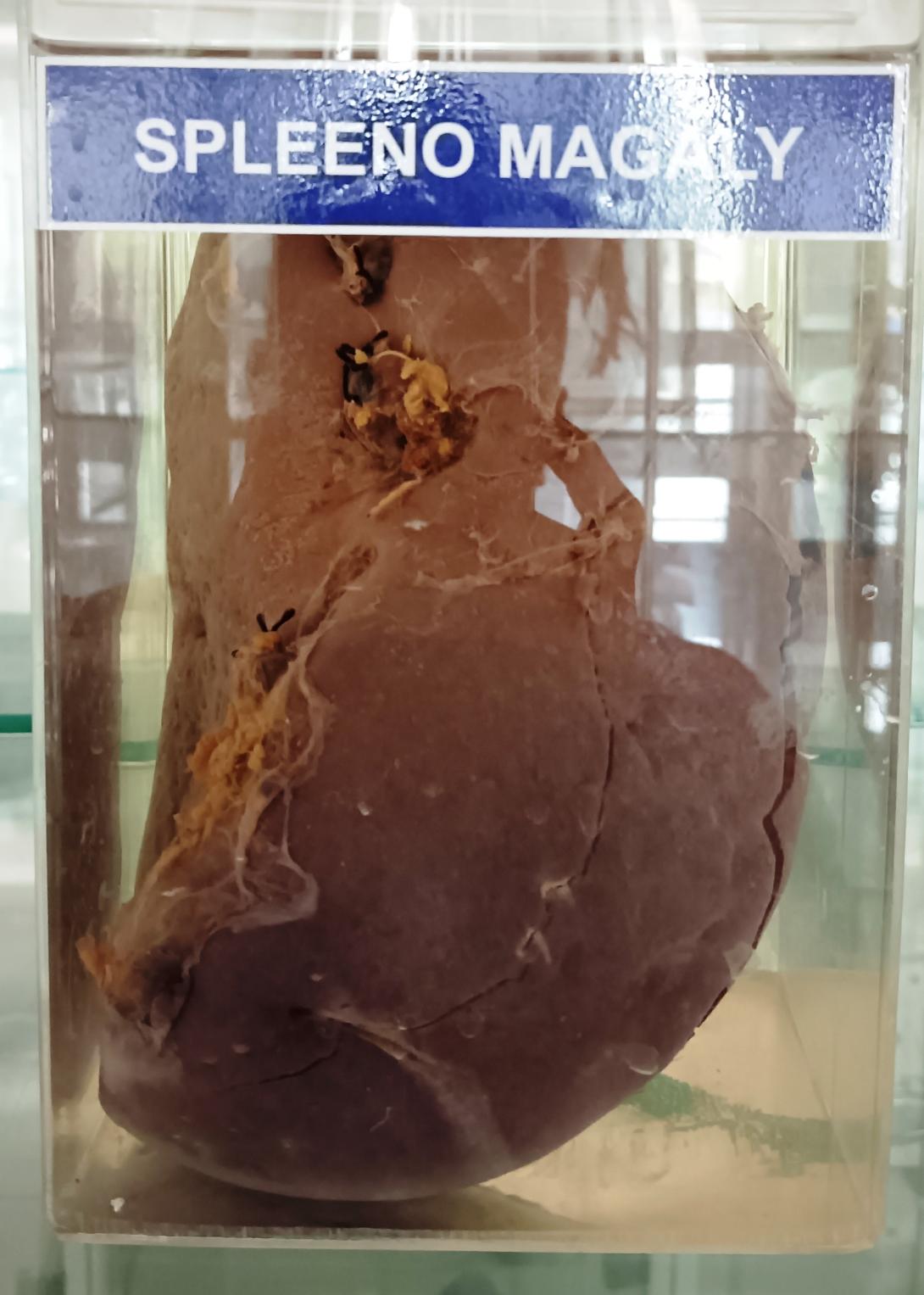Splenomegaly, which is the medical term for an enlarged spleen, can be a sign of an underlying health condition. Here are some important points related to splenomegaly:
- Symptoms: Splenomegaly may not cause any symptoms in some cases, but in others, it can cause abdominal pain or discomfort, a feeling of fullness after eating a small amount, fatigue, anemia, and easy bleeding or bruising.
- Causes: Splenomegaly can be caused by a variety of conditions, including infections, such as mononucleosis or malaria, liver disease, such as cirrhosis, certain cancers, such as lymphoma or leukemia, and autoimmune disorders, such as lupus or rheumatoid arthritis.
- Diagnosis: The diagnosis of splenomegaly usually involves a physical exam, blood tests, and imaging tests, such as ultrasound or CT scan. A bone marrow biopsy may also be necessary to determine the underlying cause of the enlargement.
- Treatment: Treatment for splenomegaly depends on the underlying cause. In some cases, no treatment may be necessary, but if the enlargement is causing symptoms or is related to an underlying condition, treatment may include medications, surgery, or radiation therapy.
- Complications: Complications of splenomegaly can include anemia, low platelet count, and increased risk of infections. In severe cases, splenomegaly can lead to rupture of the spleen, which is a medical emergency and requires immediate treatment.
- Prevention: Since splenomegaly is often caused by underlying health conditions, prevention involves maintaining good overall health and managing any underlying conditions. This can include getting vaccinated against infections such as pneumococcal disease, practicing good hygiene, and managing any chronic health conditions
Rack Number
Specimen Number
37

